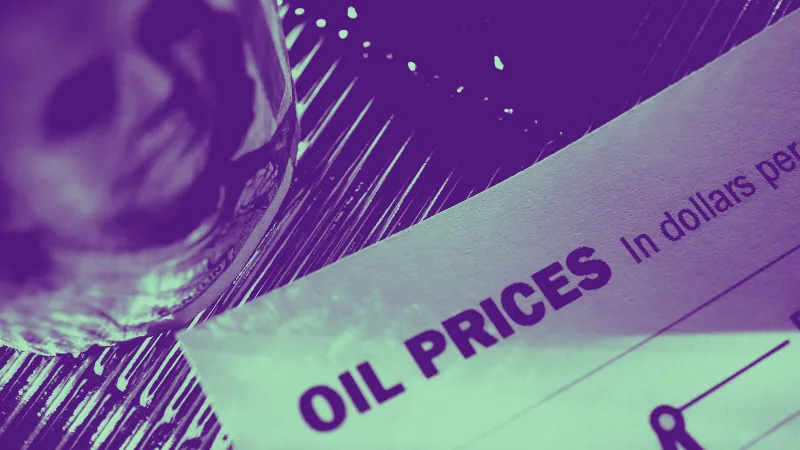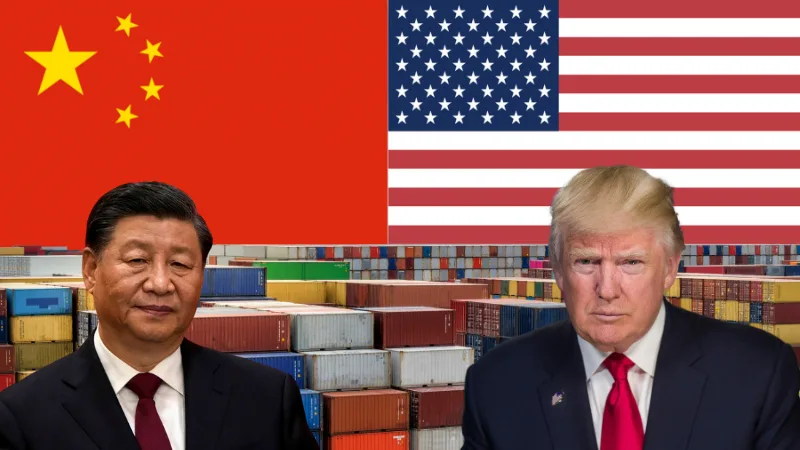The oil market is once again at a crossroads. After years of careful coordination and production cuts, OPEC+ is abruptly shifting course—upping output just as demand faces headwinds from a slowing global economy and geopolitical friction. The result: oil prices have tumbled to multi-year lows, sending shockwaves through energy markets and triggering a scramble by investors to reassess their positions.
Let’s break down the causes, the fallout, and—most importantly—what smart investors should be doing right now.
The Setup: OPEC+ Ramps Up Supply, Despite Demand Concerns
In early 2025, OPEC+, the powerful coalition of oil-producing countries led by Saudi Arabia and Russia, announced it would begin unwinding previous production cuts. Beginning in April, the group added approximately 411,000 barrels per day (bpd) each month. Saudi Arabia took it even further, agreeing to hike output by 960,000 bpd between April and June, citing the need to regain market share and curb non-compliance among OPEC+ members.
This decision blindsided some analysts, especially as the global economy is not firing on all cylinders. The increased production flies in the face of sluggish demand and puts the market at risk of a supply glut.
“Saudi Arabia can control supply. But demand could be its Achilles’ heel,” wrote Reuters in a recent feature on the strategy’s risks. Reuters
The Fallout: Oil Prices Plummet to 4-Year Lows
Oil markets reacted swiftly. Brent crude, the global benchmark, has fallen more than 20% since early April, currently hovering near $60 per barrel—the lowest level since February 2021. West Texas Intermediate (WTI), the U.S. benchmark, is now trading around $57 per barrel.
This drop reflects mounting fears that OPEC+ is overplaying its hand and flooding the market just as macroeconomic indicators point toward a slowdown.
Even short-lived rallies, such as the recent 1% uptick following a sharp selloff, have failed to inspire long-term confidence. The underlying narrative remains: supply is outpacing demand (Reuters).
U.S. Shale Pullback: An Unexpected Twist
The price collapse is taking a toll on U.S. shale producers. Companies that once vowed to “drill baby drill” are now scaling back.
Diamondback Energy has announced it will reduce capital expenditures by $400 million and deactivate three rigs. Coterra Energy is also pulling back in the Permian Basin, once the crown jewel of American oil.
According to a Financial Times report, this signals that U.S. oil production may have already peaked, at least temporarily.
This has created a paradox: OPEC+ is increasing supply while U.S. producers are cutting back, giving foreign producers even more market power. And for investors, this asymmetry presents both risk and opportunity.
Demand in Question: Trade Tensions and Global Headwinds
On the demand side, the outlook is murky.
The U.S.–China trade standoff is back in the headlines, with retaliatory tariffs affecting everything from semiconductors to raw materials. This has chilled industrial activity in both economies and prompted a downgrade in oil demand forecasts for the second half of 2025.
China’s return from its May holiday saw a slight bump in purchases, and the U.S. services sector showed surprising resilience—but these bright spots have not been enough to counterbalance the broader downturn.
With inflation proving sticky in the U.S. and Europe flirting with recession, energy demand is simply not growing fast enough to absorb the supply surge.
How Investors Can Profit From the Chaos
While the headlines are dominated by doom and gloom, experienced investors know that volatility breeds opportunity. Here’s how you can play the current oil oversupply crisis:
1. Bet on Energy Transport and Storage
When crude is oversupplied, it doesn’t just vanish—it needs to be stored and moved. That’s good news for midstream oil companies like:
- Enterprise Products Partners (EPD)
- Magellan Midstream Partners (MMP)
- Kinder Morgan (KMI)
These firms earn revenue from volume, not commodity prices, making them relatively insulated from the volatility. Oversupply can actually boost revenues as tanks fill up and pipelines run closer to capacity.
2. Go Long on Refiners
Refiners like Valero Energy (VLO) and Marathon Petroleum (MPC) benefit when input costs (crude oil) fall but demand for gasoline and diesel holds steady. Their crack spread margins—the difference between crude prices and refined product prices—can widen in times like these.
Watch for margin expansion in Q2 and Q3 earnings reports.
3. Buy Quality E&P Stocks on the Dip
While many exploration and production (E&P) companies are pulling back, the strongest names will survive and eventually thrive.
Look for firms with:
- Low breakeven prices (under $40/barrel)
- Healthy balance sheets
- Efficient operations
Names like EOG Resources (EOG) and Pioneer Natural Resources (PXD) are well-positioned to weather the storm and emerge stronger.
4. Short High-Cost Producers or Oil ETFs
If you’re more aggressive, consider shorting ETFs that track high-cost producers or have heavy exposure to vulnerable shale firms. Watch tickers like XOP (S&P Oil & Gas Exploration & Production ETF), which is down double-digits over the past month.
5. Consider Energy-Debt Plays
Many oil firms issue high-yield bonds. As panic sets in, yields rise—creating opportunities to scoop up discounted debt with attractive payouts. Just be sure to avoid overleveraged names that might face bankruptcy if prices stay low for too long.
The Bigger Picture: What to Watch Going Forward
To gauge where oil—and oil-related equities—go from here, keep an eye on:
- OPEC+ meetings and whether they blink and slow the supply push
- U.S. inventory data from the EIA each Wednesday
- China’s demand recovery
- Developments in U.S.-China trade talks
- U.S. shale capex trends
Also, watch the Fed. If interest rates remain high, that’s another headwind for oil prices and energy stocks alike.
Final Take: Don’t Just Watch—Act
The oil oversupply panic is real. But as with every commodity crisis, it’s not just about fear—it’s about positioning. While retail traders get whipsawed by daily price moves, smart investors are scooping up undervalued midstream stocks, betting on refiners, and eyeing high-quality producers poised for a rebound.
The key is knowing where the leverage is—and where it’s not.
In the words of Warren Buffett: “Be fearful when others are greedy, and greedy when others are fearful.” Right now, oil markets are gripped by fear. That could be your signal.





